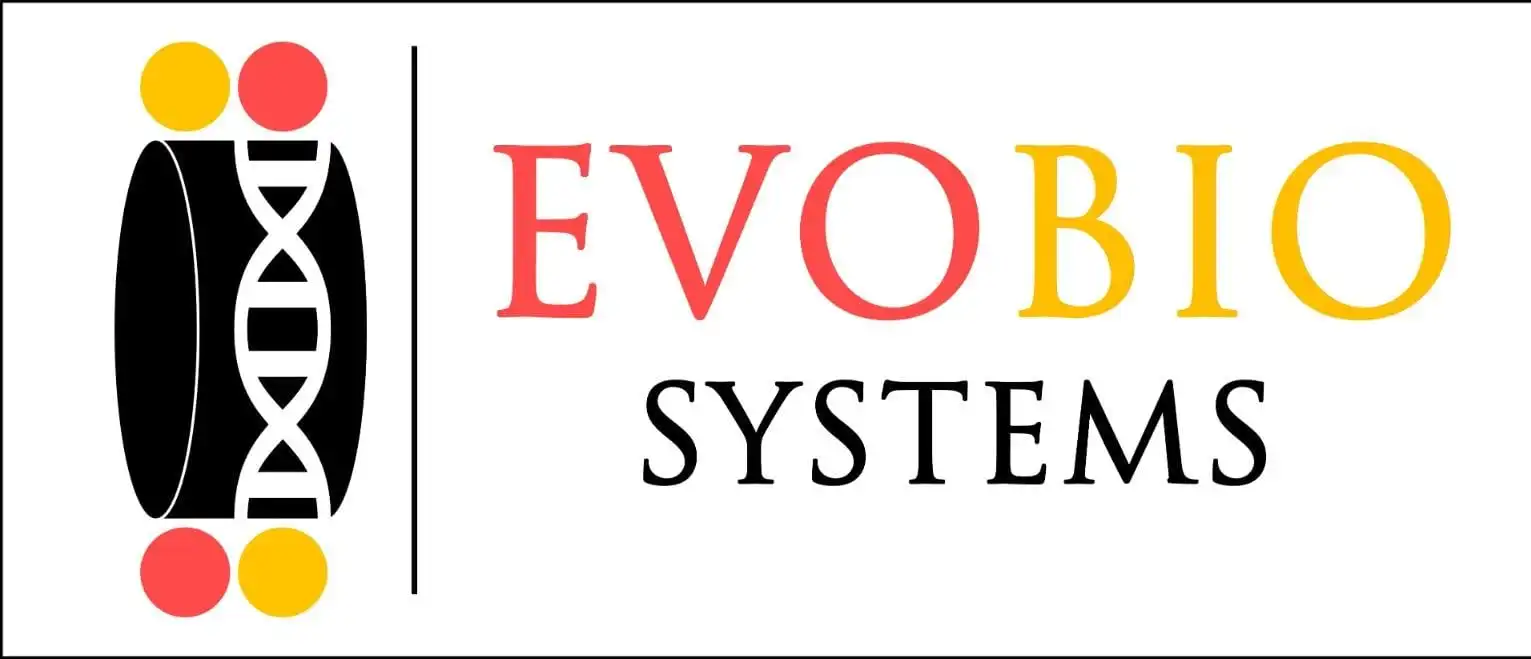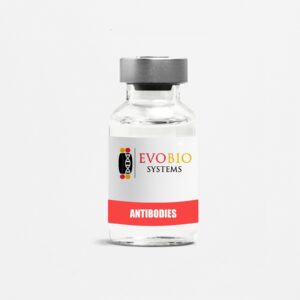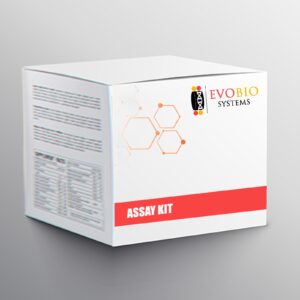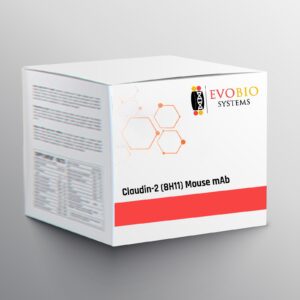Showing 1–9 of 142 results
-
Anti-D Tag (Rabbit Polyclonal) Antibody
(Cat No. 2540051)Product Description: Anti-D Tag (Rabbit Polyclonal) Antibody
Clone:
N/A
Category:
Tag Antibodies
Application:
WB, IP, Other
Raised In:
Rabbit
Clonality:
Tag
Reactivity:
Other
Immunogen:
A synthetic peptide (DYKDDDDK) coupled to KLH.
Isotype:
IgG
Concentration:
100ug/100ul
Recommended Dilutions:
Optimal working dilutions should be determined experimentally by the investigator. Prepare working dilution immediately before use. Suggested starting dilutions are as follows: Western Blot at dilutions of 1:1000. Immunoprecipitation and immunostaining at dilutions of 1:200.
Storage Buffer:
PBS, pH 7.4 with 0.05% sodium azide.
Storage Condition:
This product is stable for several weeks at 4°C as an undiluted liquid. Dilute only prior to immediate use. For extended storage, aliquot contents and freeze at -20°C or below. Avoid cycles of freezing and thawing. Expiration date is 1 year from date of receipt.
Formulation:
Liquid
Specificity:
Anti-D tag Antibody recognizes over-expressed proteins containing D epitope tag fused to either amino- or carboxy-termini of targeted proteins in transfected mammalian cells.
$0.00(No) -
Antibodies
Product Details
Product Name Histone H3(di methyl K9) Monoclonal antibody Cat Number HR1AM2219 Source Mouse Applications WB, IP, IHC Species Reactivity Human,Rat,Mouse Recommended Dilutions WB 1:1,000-3,000 IHC 1:200-500 Specificity Human Storage PBS with 0.02% sodium azide and 50% glycerol pH 7.4. Store at -20°C. Avoid repeated freeze-thaw cycles. Clonality Monoclonal Isotope IgG1 Concentration 1mg/ml Observed Band 15kDa Gene ID 8290 Alternative Name H3 histone antibody, HIST1H3A antibody, Histone cluster 1, H3a antibody Background Histone H3 is one of the five main histone proteins involved in the structure of chromatin in eukaryotic cells. Core component of nucleosome. Nucleosomes wrap and compact DNA into chromatin, limiting DNA accessibility to the cellular machineries which require DNA as a template. Histones thereby play a central role in transcription regulation, DNA repair, DNA replication and chromosomal stability. Type monoclonal $0.00(3) -
Bioassay Kit
Product Details
Intrument Spectrophotometer(690 nm) Assay Time 60 min Validity 3 Assay Type Quantitative Sample Type Serum,plasma,urine Synonyms UA Detection Principal Uric acid can be used as an antioxidant to remove peroxide, hydroxyl and oxygen free radicals, chelate and transfer metal ions, protect vascular endothelial cells from damage. Uric Acid in protein-free filtrate reduce phosphotungstic acid to form tungsten blue, allantoin and carbon dioxide, the depth of blue color is proportional to the concentration of uric acid. Reagents Normal saline (0.9% NaCl) or PBS (0.01 M, pH 7.4) Labware Vortex mixer, Micropipettor, Centrifuge Size 100Assays Sensitivity 0.58 mg/L Detection Range 0.58-100 mg/L Recovery Rate 105 Inter CV 2.6 $0.00(3) -
Claudin-2 (8H11) Mouse mAb
S.No Query Isotype IgG1 Clonality Monoclonal Concentration 1 mg/ml Observed band 25kDa GeneID(Human) 9075 Human Swiss-Prot No. P57739 Cellular Localization Cell junctiontight junctionCell Membrane Background The claudin family is composed of 23 integral membrane proteins and their expression which varies among tissue types may determine both the strength and properties of the epithelial barrier. Alteration in claudin protein expression pattern is associated with several types of cancer . Claudin-2 is expressed primarily in the proximal tubule of the normal mammalian kidney where it regulates transepithelial ion (e.g. Na+ Cl-) reabsorption . Increased expression of Claudin-2 has been reported in some cancer cell lines $0.00(3) -
Cyclophosphamide Monohydrate
(Cat No. 2560012)Product Description: Cyclophosphamide Monohydrate
Application Notes:
Cyclophosphamide monohydrate used for induction chemotherapy to study predictive and prognostic values of tumor MGMT gene expression, to study its effects on apoptosis and cell cycle progression and its cardiotoxicity during pretransplant conditioning in blood stem cell transplantation has been reported.
Usage Statement:
Unless specified otherwise, Evobio Sysytems products are for research or further manufacturing use only, not for direct human use. For more information, please contact our customer service department.
Key Applications:
Cancer research tool
$0.00(No) -
Dye based RNA Quantification Kit (Cat. No. 2510052)
Product Details
- RNA quantification range: 1 ng/mL to 1000 ng/mL.
- Compatible with standard plate and cuvette fluorometers, as well as NanoDrop™ 3300 and readers versions 3.0 and 4.0.
RNA Quantification Reagent, 100 µL 1 RNA Quantification Standard, 100 ng/µL in TE Buffer, 100 µL 1 TE Buffer (RNase-free), 20x, 25 mL 1 $0.00(No) -
Elisa Kit
Description: The test principle applied in this kit is Sandwich enzyme immunoassay. The microtiter plate provided in this kit has been pre-coated with an antibody specific to Angiotensin I Converting Enzyme(ACE). Standards or samples are added to the appropriate microtiter plate wells then with a biotin-conjugated antibody specific to Angiotensin I Converting Enzyme(ACE). Next, Avidin conjugated to Horseradish Peroxidase (HRP) is added to each microplate well and incubated. After TMB substrate solution is added, only those wells that contain Angiotensin I Converting Enzyme(ACE), biotin-conjugated antibody and enzyme-conjugated Avidin will exhibit a change in color. The enzyme-substrate reaction is terminated by the addition of sulphuric acid solution and the color change is measured spectrophotometrically at a wavelength of 450nm ? 10nm. The concentration of Angiotensin I Converting Enzyme(ACE) in the samples is then determined by comparing the OD of the samples to the standard curve.
Product Details
Product Name Human ACE(Angiotensin I Converting Enzyme) ELISA Kit Cat No HR1E1111 Species Human Alternative Name CD143; ACE1; DCP1; ACEI; ACE-I; Kininase II; Angiotensin-Converting Enzyme; Peptidyl-Dipeptidase A; Dipeptidyl Carboxypeptidase 1; Angiotensin-converting enzyme, soluble form Sensitivity 0.16 ng/mL Standard 25 ng/mL Detection Range 0.4-25 ng/mL Assay Length 3.5h Research Area Enzyme & Kinase;Cardiovascular biology; Sample Type serum, plasma, tissue homogenates, cell lysates, cell culture supernates and other biological fluids $0.00(3) -
Favipiravir
S.No Query Molecular Formula C5H4FN3O2 Melting Point/Freezing Point >151°C (dec.) Molecular Weight 157.10 CAS Registry 259793-96-9 Synonyms 6-Fluoro-3,4-dihydro-3-oxo-2-pyrazinecarboxamide; 6-Fluoro-3,4-dihydro-3-oxo-pyrazinecarboxamide; 6-Fluoro-3-hydroxy-2- pyrazinecarboxamide; Favipiravir; T 705; T 705 (Pharmaceutical) Eye/Face Protection Safety goggles or face shield. All equipment should have been tested and approved under appropriate standards, such as NIOSH (US), CSA (Canada), or EN 166 (EU). $0.00(3) -
Host Cell Residual DNA Kit (Cat. No. 2510027)
Product Details
Binding Buffer 15 ml Clean Buffer 25 ml Wash Buffer 6 ml Nuclease free Water 15 ml Host Cell Residual DNA Beads 2 ml Proteinase K (20 mg/ml) 1 ml Carrier RNA (1 pg/g1) 150 µL Magnetic Stand (16 hole) 1 $0.00(No)











